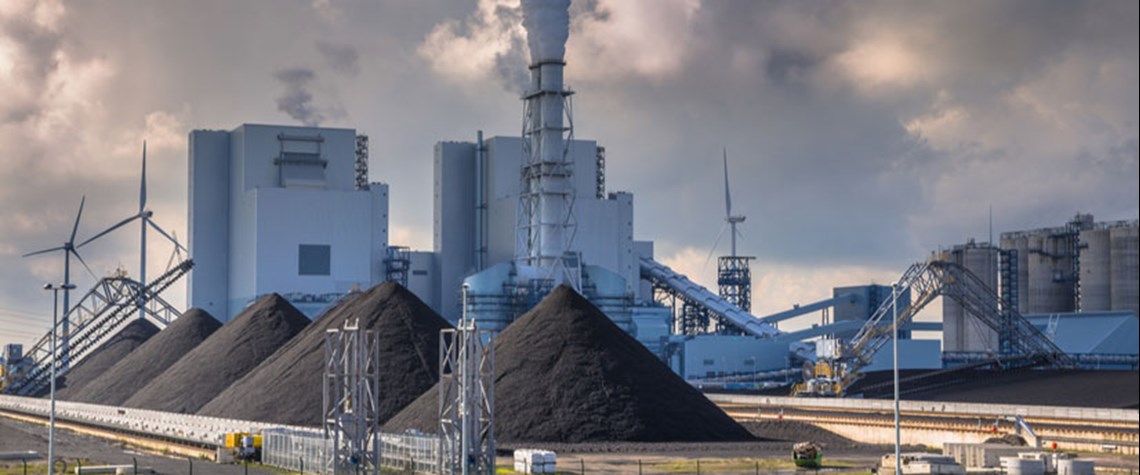UK carbon intensity drops to new low
Sunny and windy conditions combined with low demand over Easter reduced the need for fossil fuels in the energy mix
The carbon intensity of the UK’s electricity mix dropped to an intraday low of 39g/kWh of CO2 on 5 April—its lowest level ever. Sunny and windy conditions coupled with low demand led to renewable sources dominating the energy mix, with wind contributing 39pc of generation, solar 21pc and nuclear 15pc. Carbon intensity fluctuates throughout the day. For 5 April as a whole it averaged 93g/kWh, while for the month of April so far it has averaged 130g/kWh. 1.6pc – Coal’s proportion of UK electricity mix in 2020 Before the recent low, the lowest carbon intensity ever recorded was on 24 May 2020. This contributed to the UK’s lowest emitting month since the industrial revolution with an ave

Also in this section
10 December 2025
Net zero is not the problem for the UK’s power system. The real issue is with an outdated market design in desperate need of modernisation
28 November 2025
The launch of the bloc’s emissions trading system in 2005 was a pioneering step, but as the scheme hits 21 its impact as a driver of decarbonisation is still open to debate
18 November 2025
Vicki Hollub, president and CEO of Occidental, has been selected as the 2026 recipient of the Dewhurst Award, the highest honour bestowed by WPC Energy. The Dewhurst Award celebrates exceptional leadership, groundbreaking innovation and a lifetime of significant achievements in sup-port of the development and advancement of the energy industry.
11 November 2025
Transition policies must recognise that significant industrial demand for carbon will continue even as economies hit net zero







